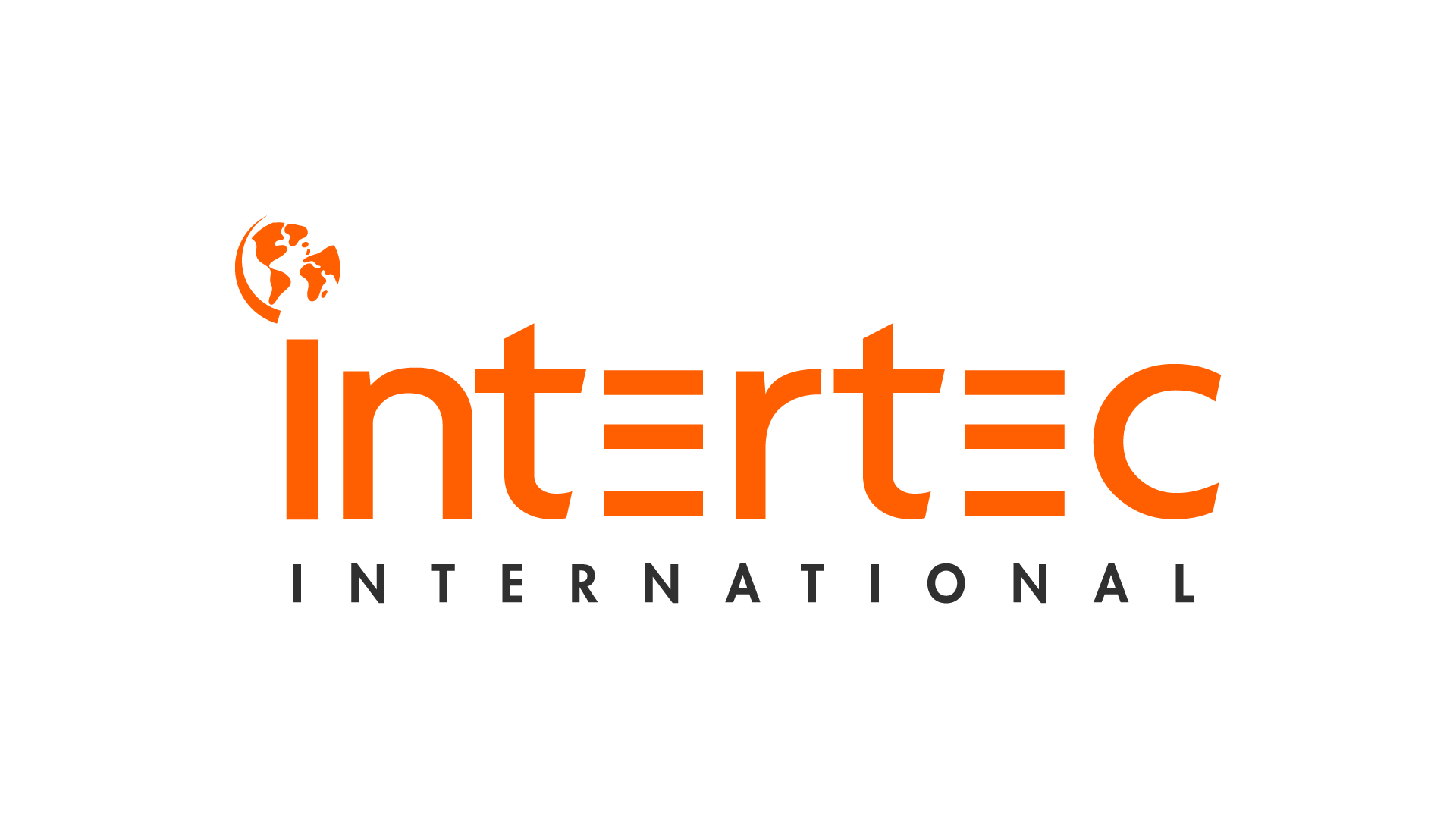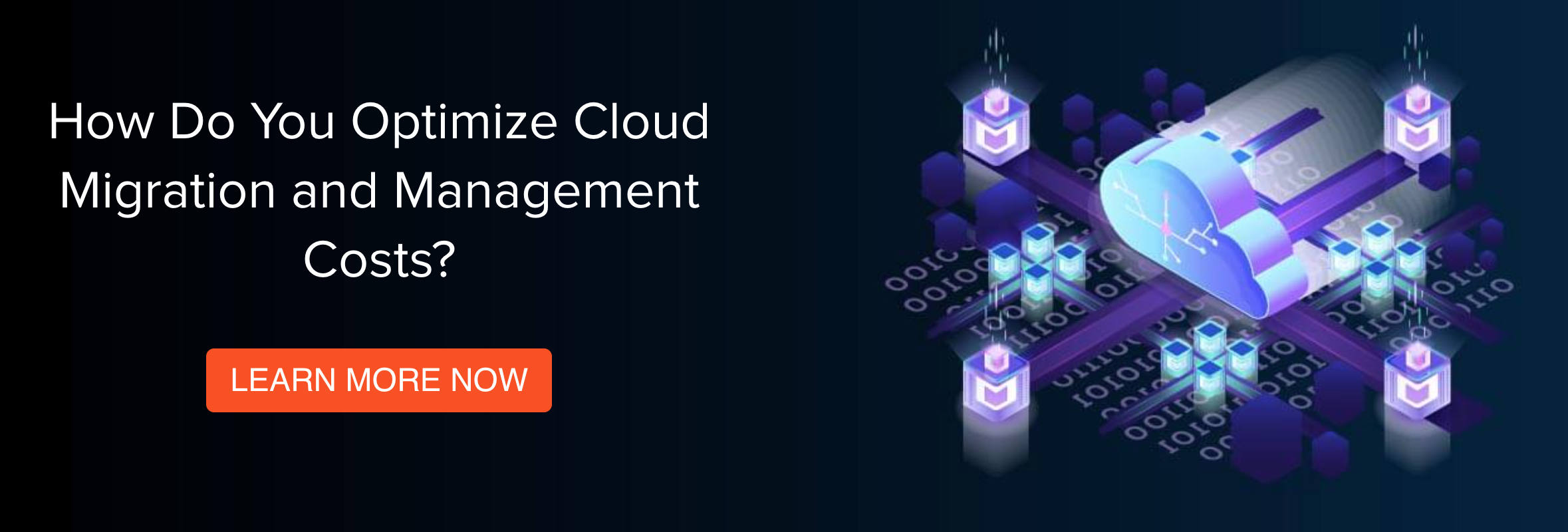If you aren't living under a rock, you have likely heard of one of the most significant cloud trends of 2021 – edge computing. Edge computing is a concept that brings cloud capabilities closer to an organization’s home database. In moving your cloud computing system to a more local environment, you can alleviate large amounts of data from your cloud provider. Additionally, edge computing can be deployed without additional infrastructure, providing your developers with the ability to move services and functions more efficiently. This brings many significant advantages, including reduced latency, faster data analysis, improve response time, and better bandwidth availability. Clearly, it is software worth considering, but it does come with challenges as well. We'll take you through the most prominent challenges of edge computing in addition to solutions to help you overcome them.
Scale
One of the most significant benefits of edge computing is its scalability, but this can bring its own challenges. With edge computing, you will have access to greater volumes of data at a faster speed, but this can be overwhelming. Each remote edge location requires several monitors to comprehend the status of each IT component ranging from physical access, powering and cooling services, and network devices. This can make it challenging to visualize and understand the state of the edge environment as a whole and its impact on individual components.
To combat this issue, you can adopt intelligent software able to manage your edge environment holistically. By collecting, unifying, and processing data from a wide range of sources, this software will deliver simplified monitoring and administration to your edge environment. This can significantly reduce and even eliminate the need for human interference within the edge environment, ensuring that your team members and systems can handle the impressive scalability of the edge.
Performance
Managing the performance of the edge can be a bit of a juggling act. With real-time data going to and from consumers, end-points, and data centers, a lot is going on at once. Managing and monitoring this can be extremely difficult, especially when ensuring that the data is accurate and moving between the correct locations.
Smart technologies can provide an end-to-end view of your edge computing system, including all the data within your database and the data entering and exiting it. With clear insight into your data flow, you can easily monitor the transfer of data and the associated performances. This will guarantee that all interested parties are receiving the right data at the right time, and you will know where it is at any given time or place.
Control
Edge computing runs "lights out," meaning it is completely automated with no human interaction. This can create challenges in managing physical access, controlling IT equipment, and managing the powering and cooling of the edge environment. Additionally, there can be significant access issues your network is impacted or unavailable, leaving your organization without data access.
Incorporating motion detection with no or low-touch technology can provide you with increased control of your edge infrastructure and computer equipment. These features will allow your organization to function at acceptable levels, even if there is an impact on power or network, ensuring that you can continue operations no matter the circumstance.
Security
Cloud misconfigurations are a quickly growing cybersecurity threat. A vast number of misconfigurations occur from IT errors, most typically rooting from mistakes that occurred during the cloud architecture set-up process. The remainder can come from hackers or network errors, but no matter how the misconfiguration became, it is a problem – one that results in high expenses and potentially lost customers or lawsuits. Because the edge allows such a significant volume of data to be processed at any given time, there is increased exposure to misconfigurations and security breaches. After all, the more data you have, the more data there is to lose. Because of this, edge security is a major issue to be addressed. It is vital that your company is in control of all aspects of your data and can ensure that it is safe – for both your organization and your customers.
To increase your edge computing system's security, ensure that you have control of all data and areas of data access. This can be done through a variety of security solutions, but a data security provider may be the best option. A robust security solution should provide you with a clear view of all physical, network, access, and data points with automated responses to security threats. Furthermore, this solution should provide total security without needing to involve customers. With enhanced security, you can trust that your data is safe and your customers are satisfied.
Organization
There are considerable organizational challenges to consider before implementing edge computing in your company and while maintaining it. As with any new software, it can be costly. You must be willing to invest in the skills, resources, and technical support require to maintain edge computing, just as you would a traditional data center. Additionally, with greater access to data, you may want to consider setting limitations on hours of access and business availability to ensure that you stay within budget while running heavy-duty software 24/7.
The same technology mentioned previously that can holistically manage your edge environment can help you in this aspect. By consolidating and unifying data from multiple sources, you can create a more collaborative data-sharing environment. This will ensure that team members and customers are aware of the edge status at any given time so that projects and activities can be coordinated. Advanced AI and analytics will allow you to make the information you receive actionable so that it can support automated activities and run as intended.
Heterogeneity
The final challenge that edge computing faces is heterogeneity – managing infrastructure diversity. Different IT and environment equipment can create fragmented visualization, forming silos in your data operations. The additional skills, resources, and time to manage this can drastically increase operational costs and data analysis complexity.
Implementing technology that views, manages, monitors and processes data from multiple edge sources is key to managing infrastructure diversity. This technology can provide holistic edge management that prevents silos, ensuring that your data moves as efficiently and quickly as possible. Through integrating, abstracting, and processing data, irrespective of the equipment being used, you can choose equipment from multiple vendors without impeding business or edge efficiency. This will allow you to adapt operations without impact and have your pick of vendor equipment.
Edge computing is a highly beneficial organizational resource, allowing you to optimize data processing and cloud computing. But, like all software, it can come with challenges. Once you recognize these challenges, you can equip yourself with the tools to combat them and ensure that your edge computing software can deliver all of the benefits it has to offer. With the edge, you will achieve faster data processing at higher volumes, satisfying both you and your customers. The future of supply chains is all about optimization, and edge computing will bring you there.










